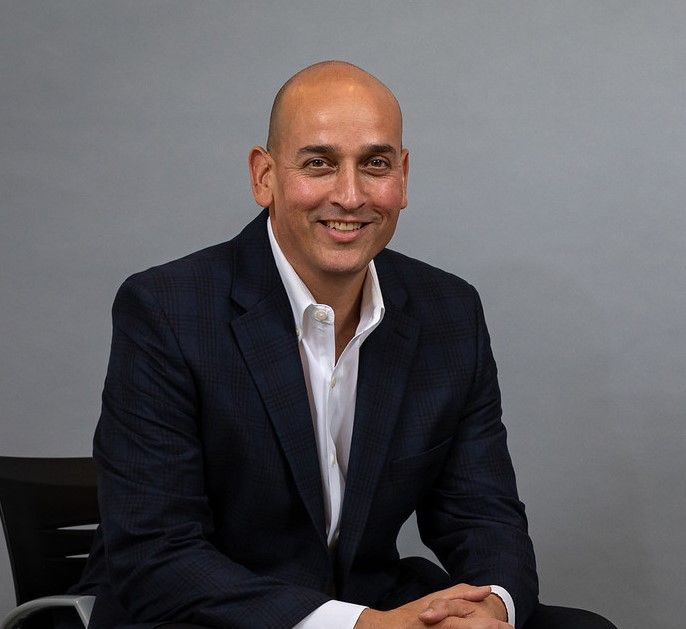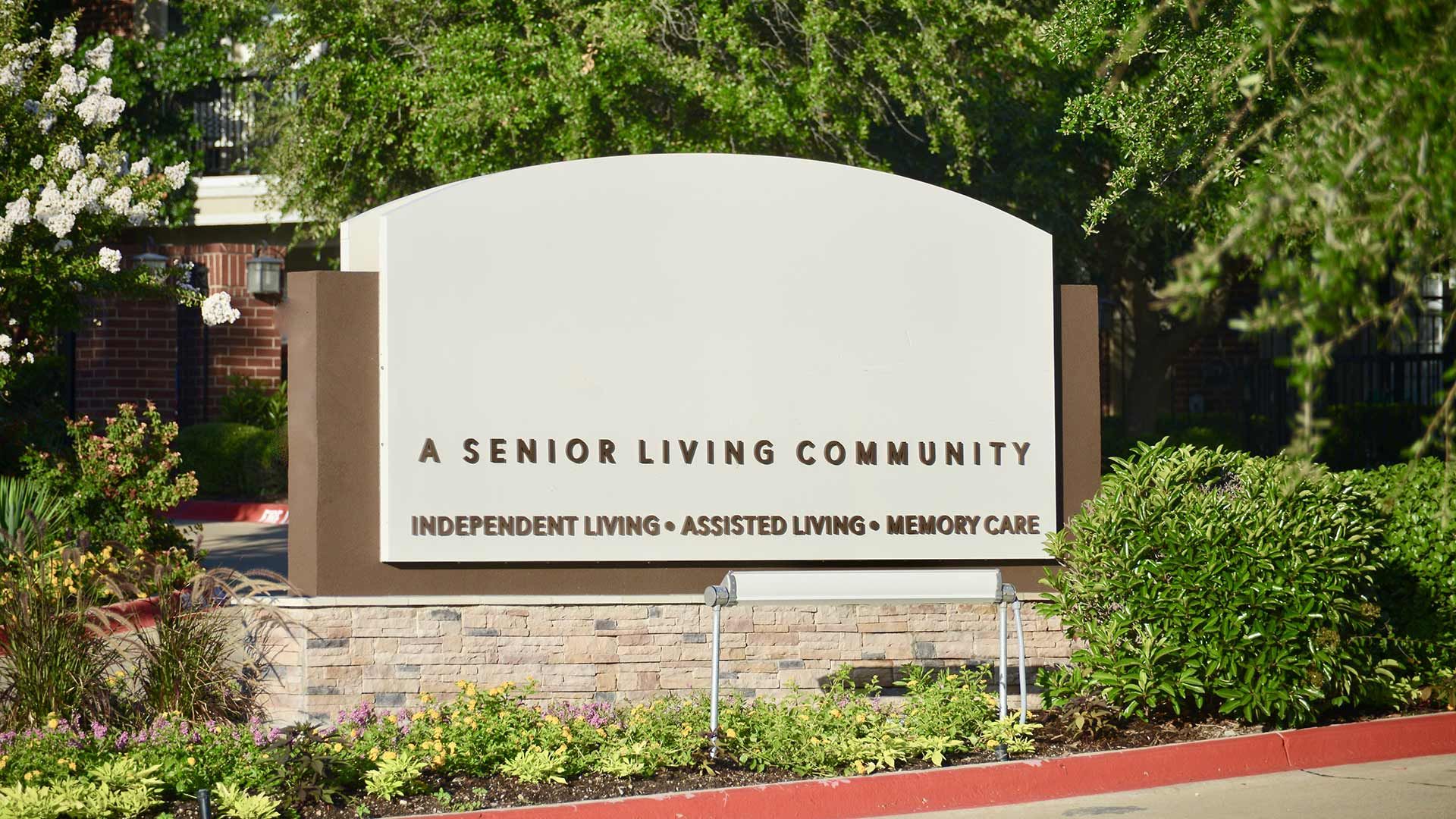To fully address mental illness today you must talk about the stigma associated with it. Stigma has a profound impact on the lives of so many and their decisions about taking care of their mental health.
A stigma is defined as a mark of disgrace associated with a particular circumstance, quality or person.
The consequences of stigma can be serious and devastating, including reducing the chances that a person with mental illness will receive appropriate and adequate care. According to the National Alliance on Mental Illness, stigma drives silence and leaves most people alone to struggle with their mental health symptoms for eight to 10 years before seeking help.
The stigma associated with mental illness can be divided into two types: social stigma, which involves the prejudiced attitudes others have around mental illness; and self-perceived stigma, which involves an internalized stigma from which the person with the mental illness has.
The fear so many face concerning whether to tell someone about their suffering has been perpetuated by a number of falsehoods, and myths, about mental illness. There are several myths, but the following arguably are five of the biggest myths about mental illness:
• Myth 1: Mental illness is caused by weakness.
• Myth 2: Mental illness is an excuse for laziness.
• Myth 3: People who suffer can feel better whenever
they want.
• Myth 4: People choose to be mentally ill.
• Myth 5: Mental illness is all in someone’s head.
These myths have added to the powerful stigma now attributed to mental illness while, at the same time, have criticized and diminished those suffering. These myths must be debunked, whenever possible, so the correct education and awareness can support a person’s path to wellness and recovery.
Mental illness is a treatable disease. For some, diagnosed treatment has a high rate of success; depression being the most treatable. Yet, stigma alone keeps many from getting help and sometimes suffering in silence for years. That’s why these myths are so dangerous.
Normalizing conversations and sharing about mental health, grief and loss, and recovery is effective in reducing and ending the stigma felt by so many. One of the best ways to break down stigma is by listening to and reading stories of lived experience. Stories have the ability to impact us on profound levels, especially when we feel a strong connection to the storyteller. Stories create a common ground that allow people to communicate and overcome our differences, so we can better understand ourselves and each other. When we are vulnerable, and share our experiences, it helps create transparency and acceptance, which can take the fear out of disclosing a mental health challenge.
May is Mental Health Awareness Month. Please take the time to share mental health resources, observe mental health specific calendar days and share your story when you are ready. This article is dedicated to behavioral health colleagues—your efforts, work ethic and kindness are seldom recognized but, to so many who suffer or are in recovery—you are heroes.
Gratitude goes to all the mental health professionals, caregivers and advocates out there who support and champion the millions of people suffering from mental illness and addiction every day. Your voice changes the discussion around mental health and addiction. Your efforts help eliminate the stigma associated with mental illness and recovery, and your actions save lives every day. ♦
Ian Adair is a nonprofit industry influencer, TEDx speaker and recognized expert in leadership, fundraising and nonprofit management. He is the author of Stronger Than Stigma, A Call To Action: Stories of Grief, Loss and Inspiration. Adair is the executive director of the Gracepoint Foundation, the philanthropic arm of Gracepoint.
You can register for the Gracepoint Foundation’s Stronger Than Stigma event coming up on May 13 here.










